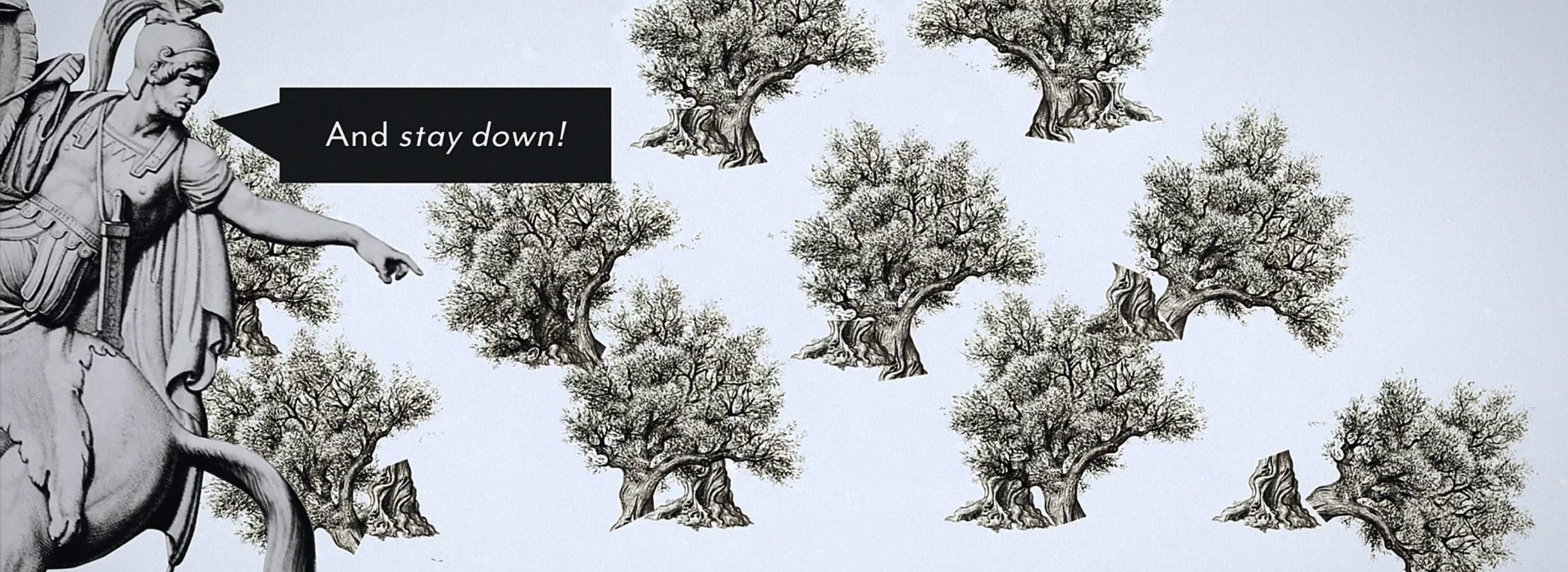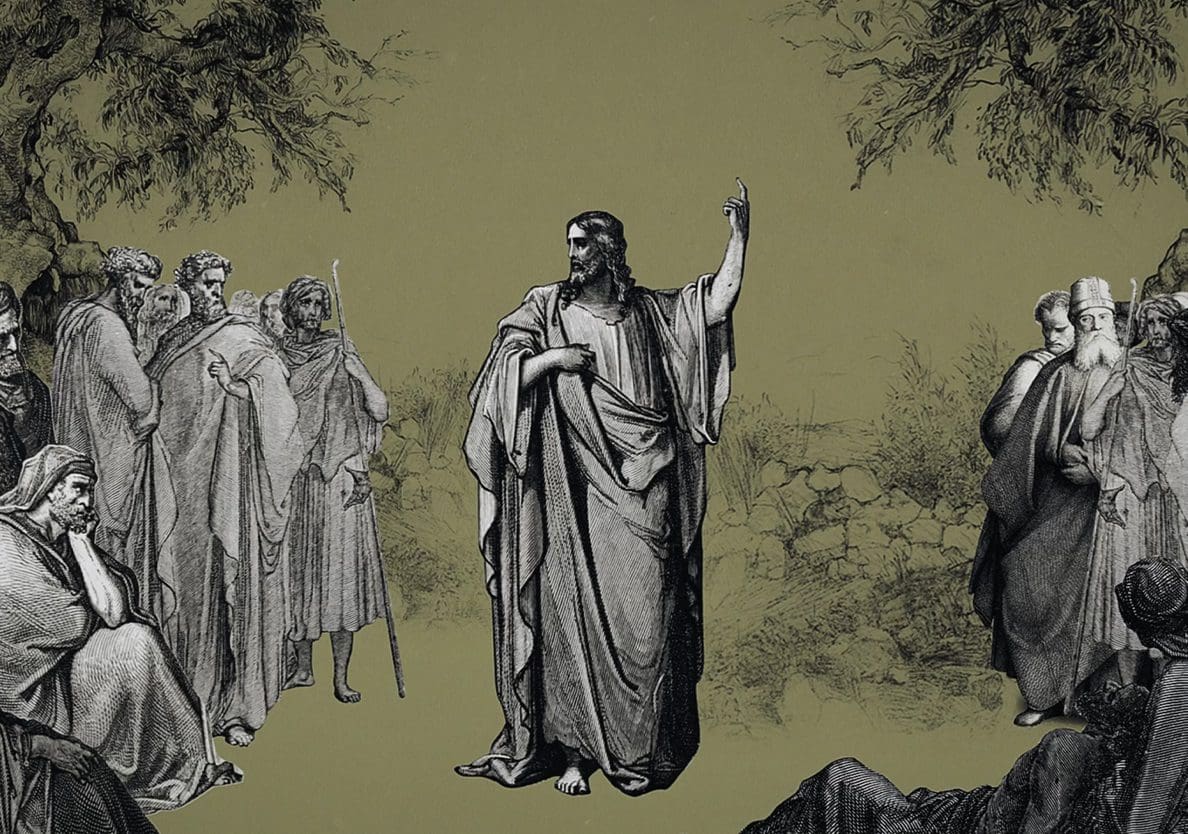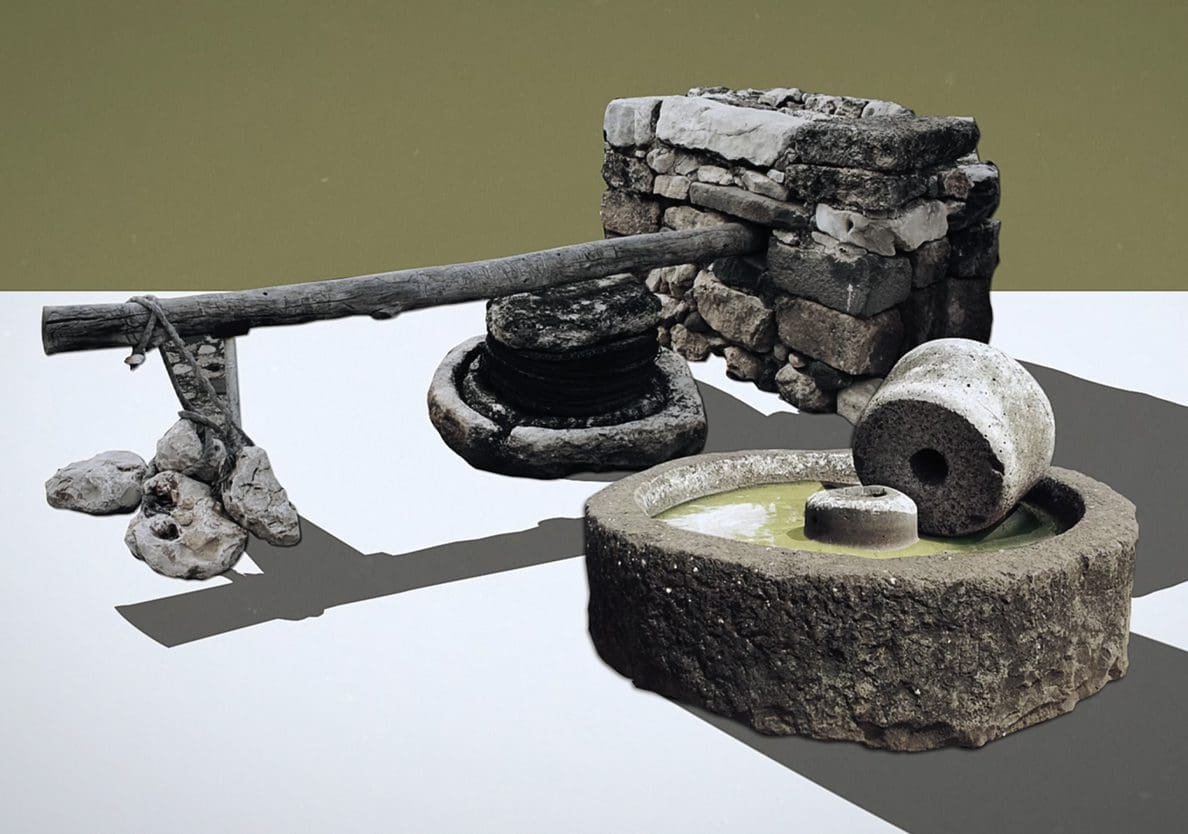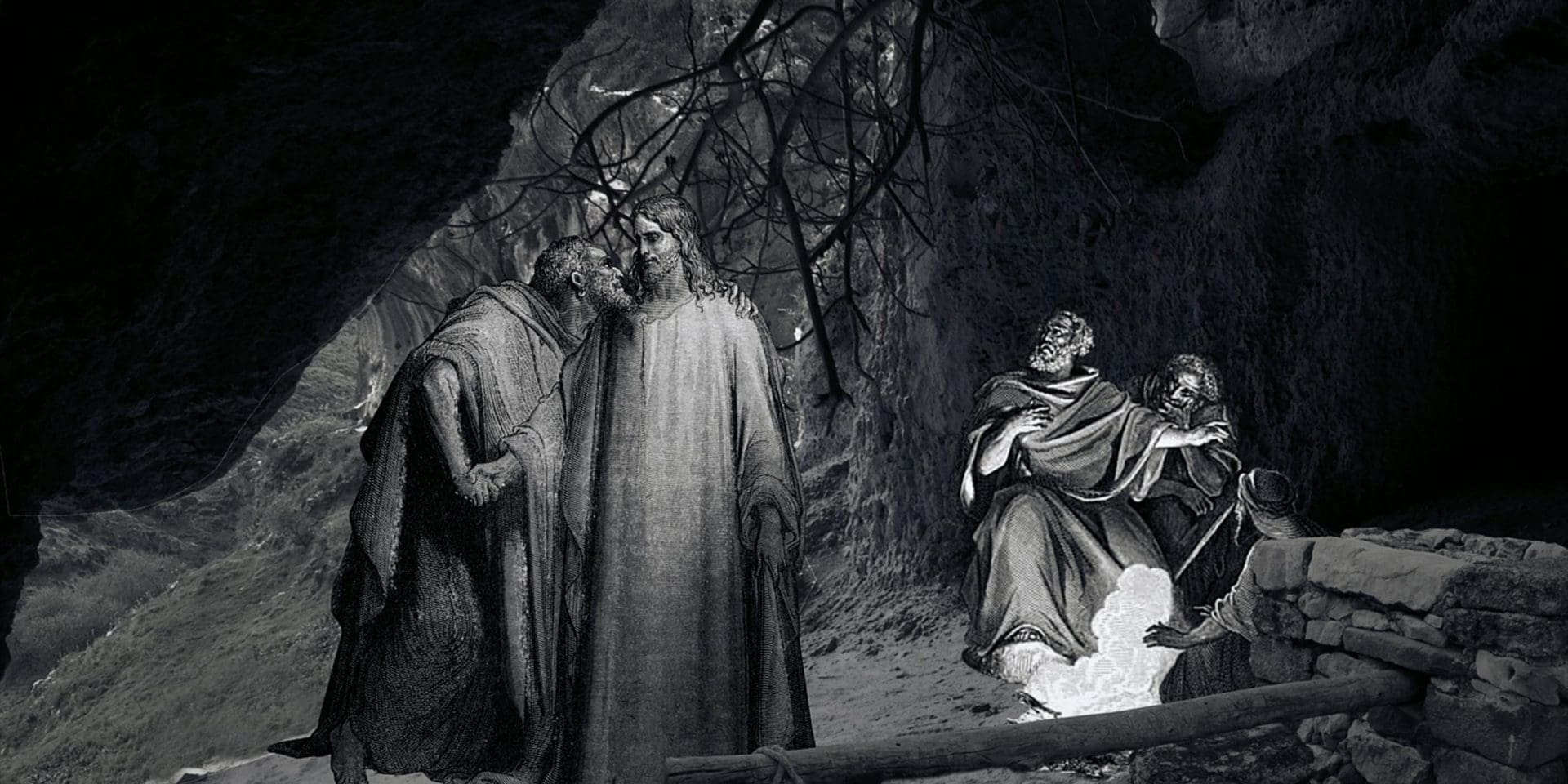Pilgrims to the Holy Land have been visiting Gethsemane on the Mount of Olives for nearly 2,000 years. Today, the most popular attraction is an orchard of 8 large olive trees that date to about 1200 AD, though their parent tree may have come from the trees that grew there during Christ’s time. All of the original trees that, no doubt, gave the Mount of Olives its name were all cut down, as recorded by Josephus, by the Romans in their siege of Jerusalem that culminated in the destruction of the Temple (70 AD).

From what the Gospels tell us, Jesus frequented the Mount of Olives during His last week of ministry before the crucifixion. It was the spring festival of Passover, and Jerusalem would have been crowded with visitors. Luke 21:37-38 and Matthew 24:3 tell us that Jesus’ routine during that time was teaching in the Temple complex by day and spending his evenings and nights on the Mount of Olives. Matthew 26:36 and Mark 14:32 specify that Jesus and His disciples went to a place called Gethsemane at the foot of the Mount of Olives. The word “gethsemane” itself means “oil press”. And John 18:1 tells us that they entered into a garden or cultivated area (“Kepos” in Greek). So according to a close reading of the gospels, Jesus spent the nights of his last week in a garden near the foot of the Mount of Olives in a place called Gethsemane, or “oil press”.
Today, in addition to the garden of olive trees, visitors may also go to the Cave or Grotto of Gethsemane. While this has become less popular over the ages, perhaps overshadowed by the Church of all Nations (rock of Jesus’ prayer) and the Church of the Assumption (supposed Mary’s tomb), historically this cave was the site associated with Jesus’s stay, prayer, and arrest. Due to its veneration as a holy site, the cave has also been modified: Its modern stone floor is about 40” above the original cave floor and was itself built over the remains of 2 levels of byzantine mosaics (4th – 6th century AD); its ceiling and wall decorations date to the medieval period, and the entrance of the cave is not original; the original mouth of the cave was a large 16’ wide, and despite all of the later modifications, there are still visible original features.


Archaeologists believe the cave was once an olive press, perhaps, two olive presses. A large cistern, channel in the floor and large carved recess in the cave wall are all indicative of this. Beyond this, ancient pilgrim reports speak of 4 cut recesses in the walls, indicating a double press. And a 9th century report tells of 4 round or curved “tables” that should probably be understood as the lens shaped crushing stones from the original press.
Gethsemane as a cave would make sense of the gospel accounts. In the cool spring, it would be safer and more comfortable to stay the night in a warm cave. The gospels even tell us that the night Jesus was arrested, it was quite cool, causing Peter to warm himself by an open fire (Mark 14:54). Also, the account of the young man sleeping in nothing but his undergarment (Mark 14:51-52) makes sense if the disciples were camping in a cave rather than out in the elements.

Corie Bobechko is a daily co-host, speaker, and writer of Bible Discovery. She also hosts a YouTube channel that shows how history and archaeology prove the Bible. Her heart for seekers and skeptics has led her to seek truth and share it with others. Corie also has a Bachelor of Theology from Canada Christian College.
• Taylor, Joan E. “The Garden of Gethsemane: Not the Place of Jesus’ Arrest,” Biblical Archaeology Review 21.4 (1995): 26, 28–31, 34–35.
• Murphy-O’Connor, Jerome. “What Really Happened at Gethsemane?” Bible Review 14.2 (1998): 28–30, 32–37, 39.
• https://www.seetheholyland.net/gethsemane/






